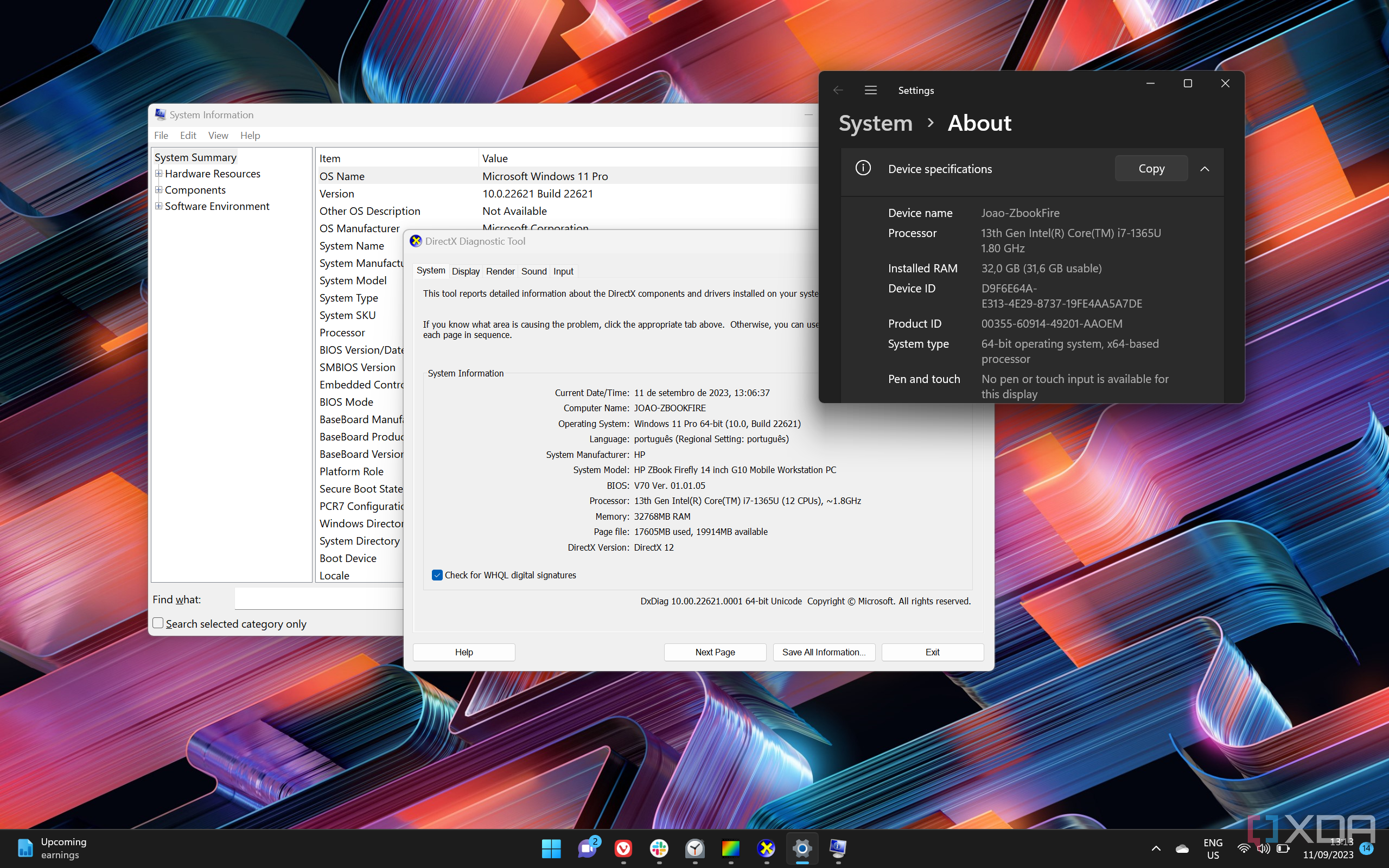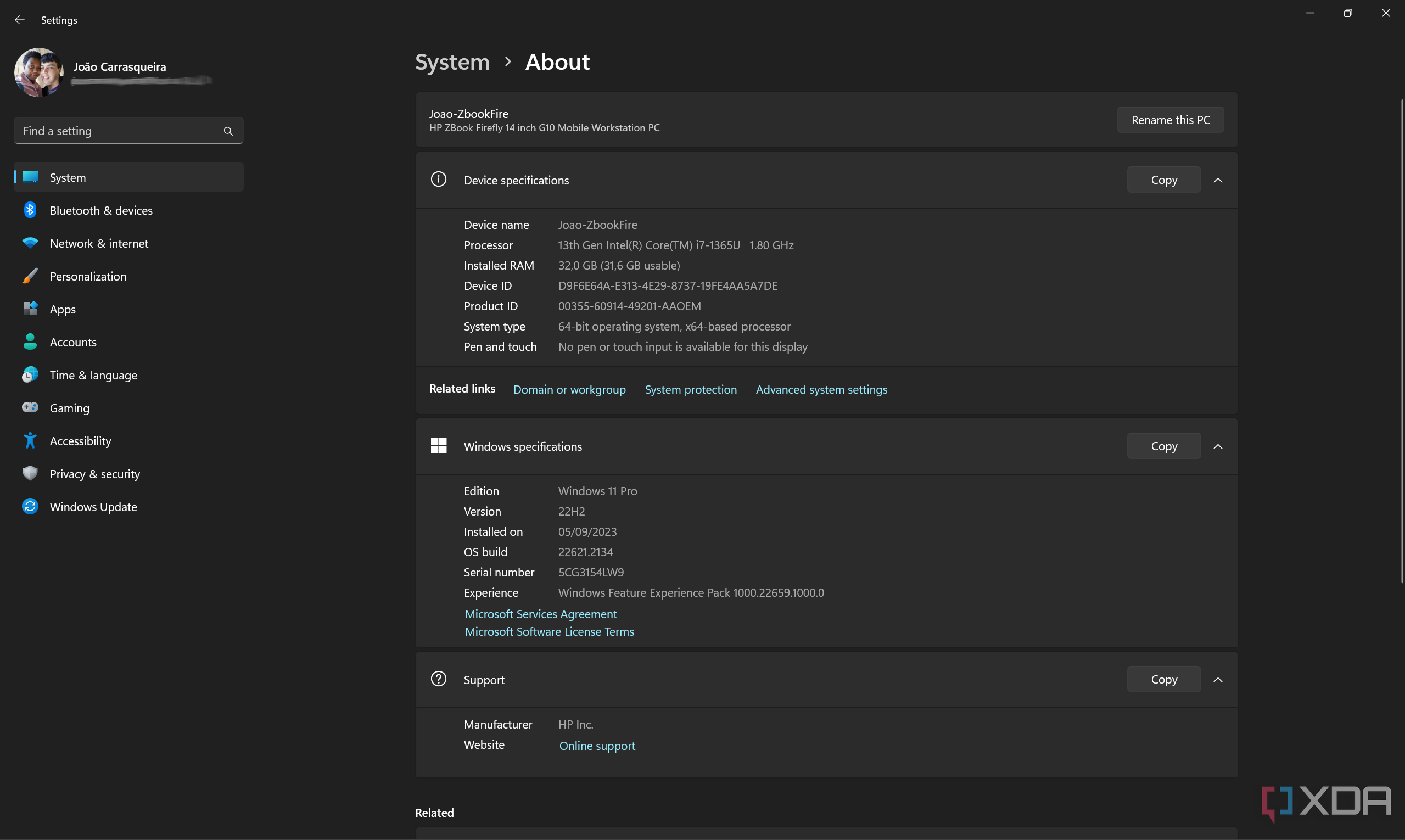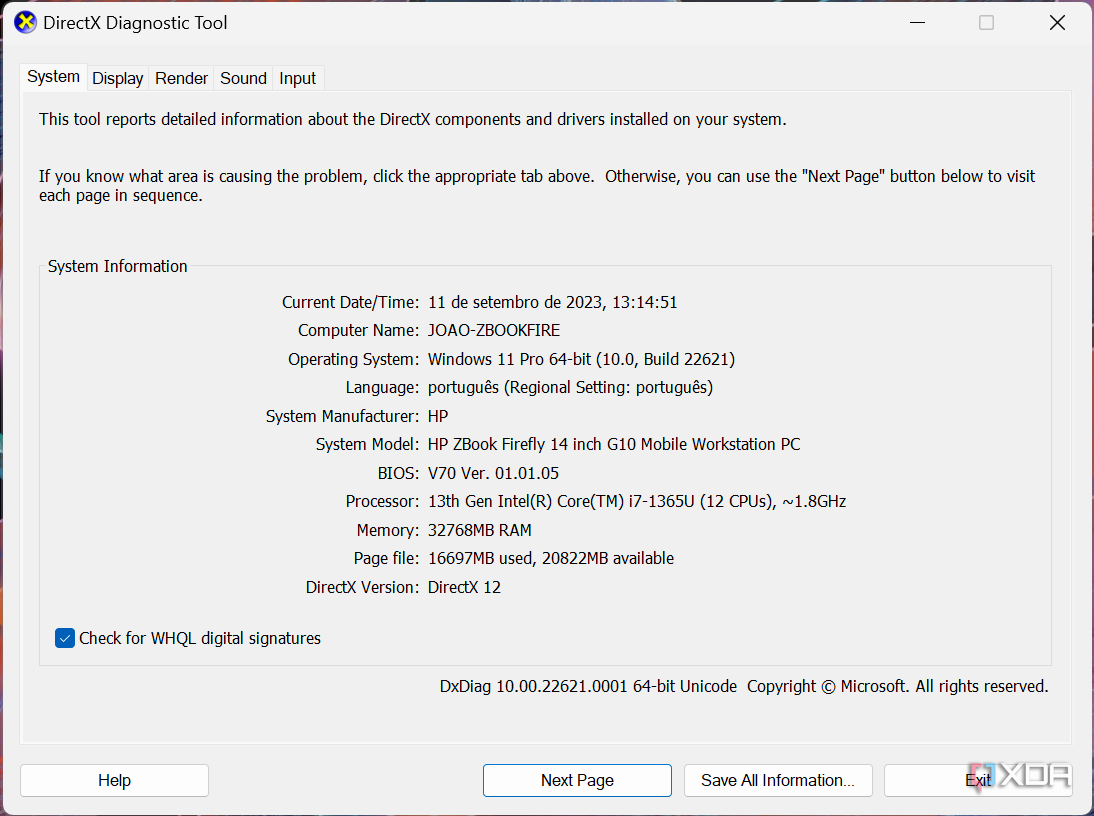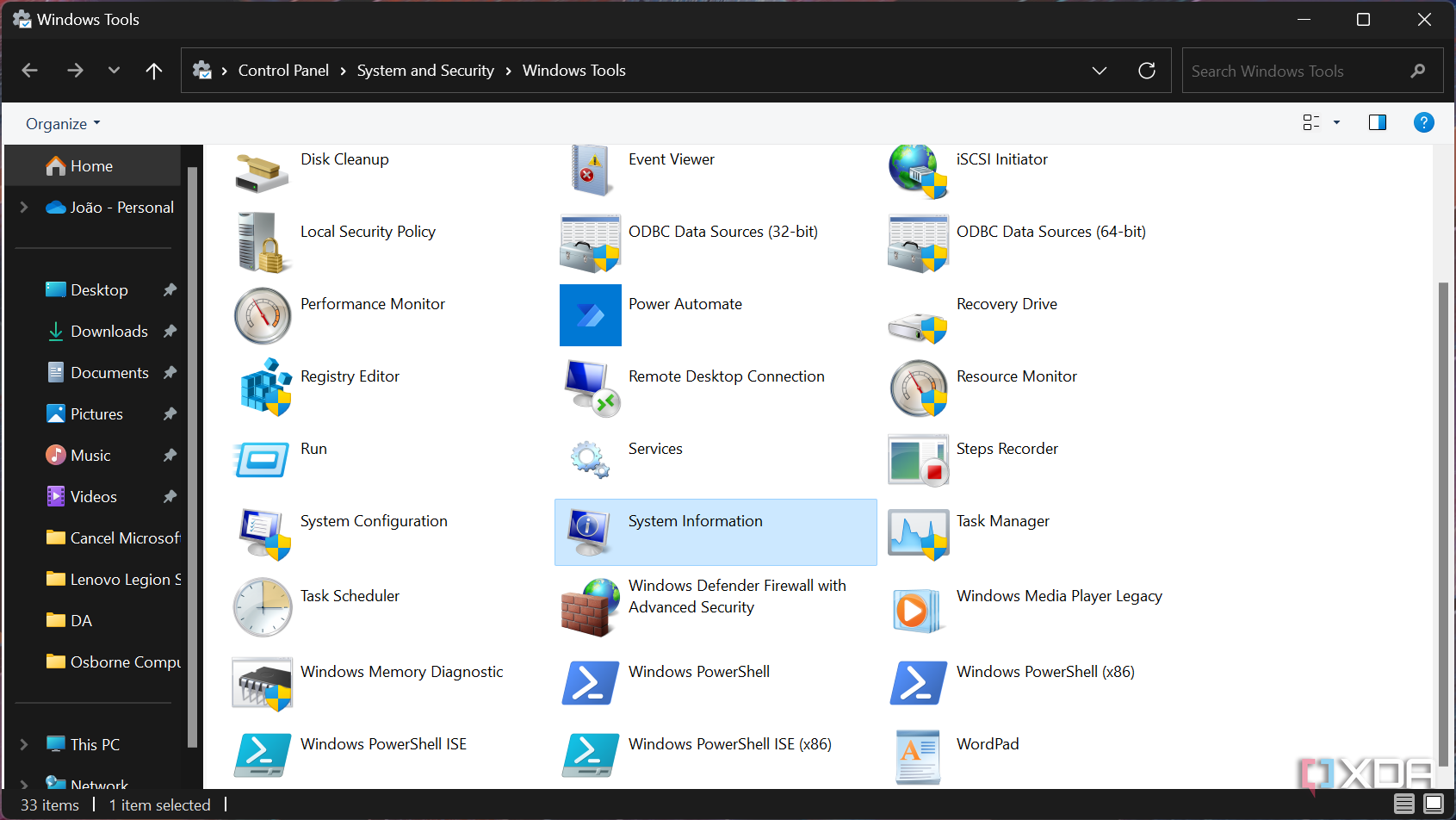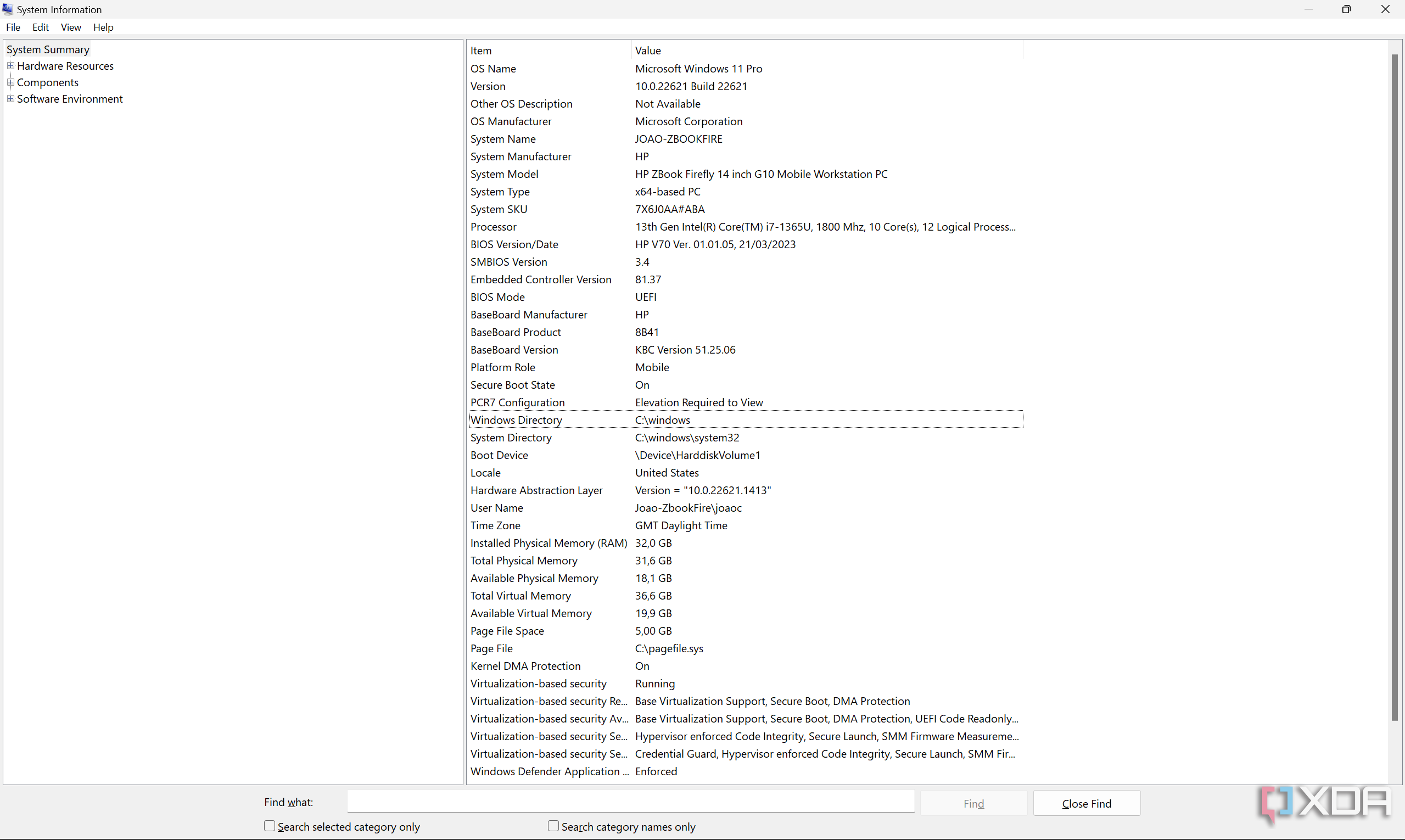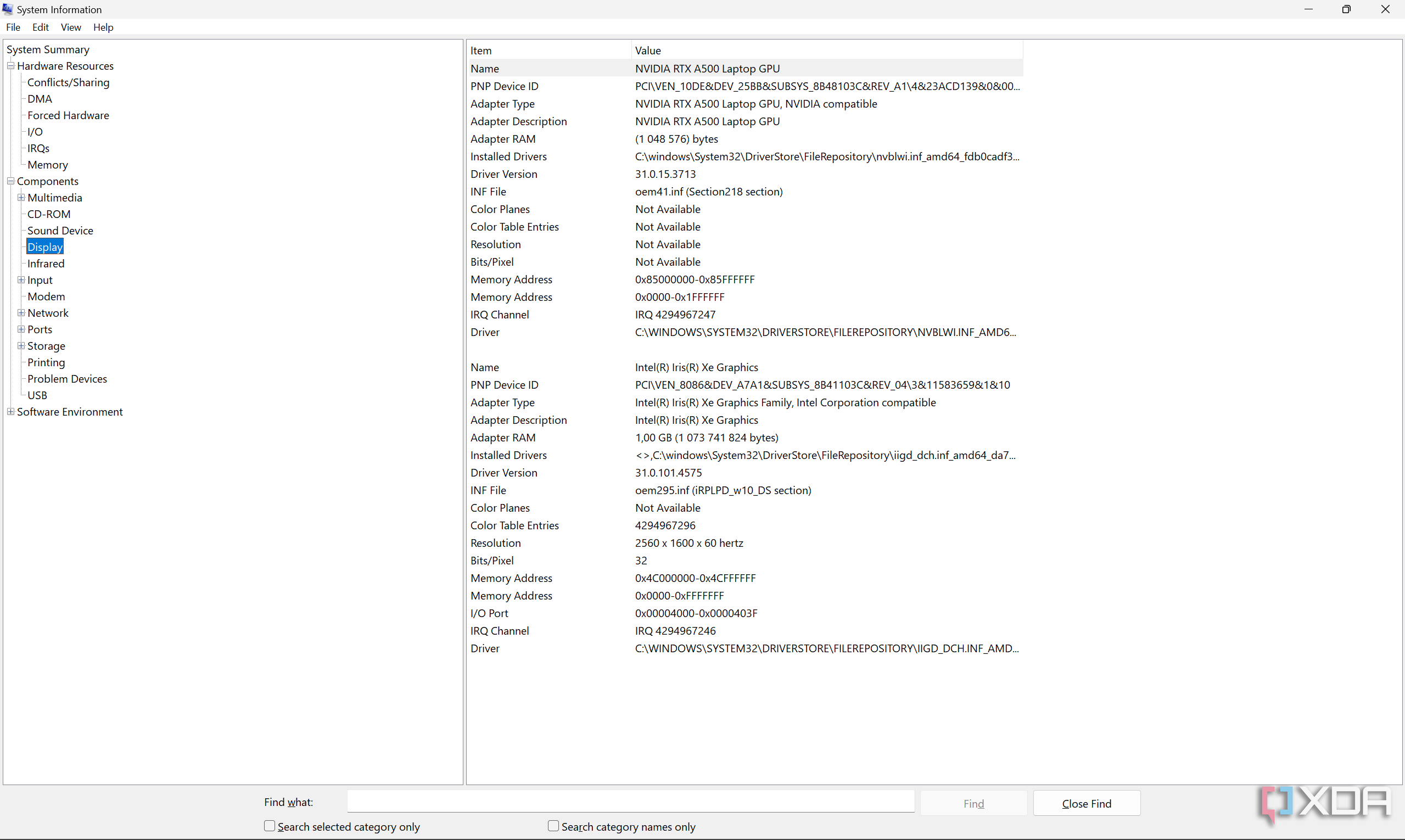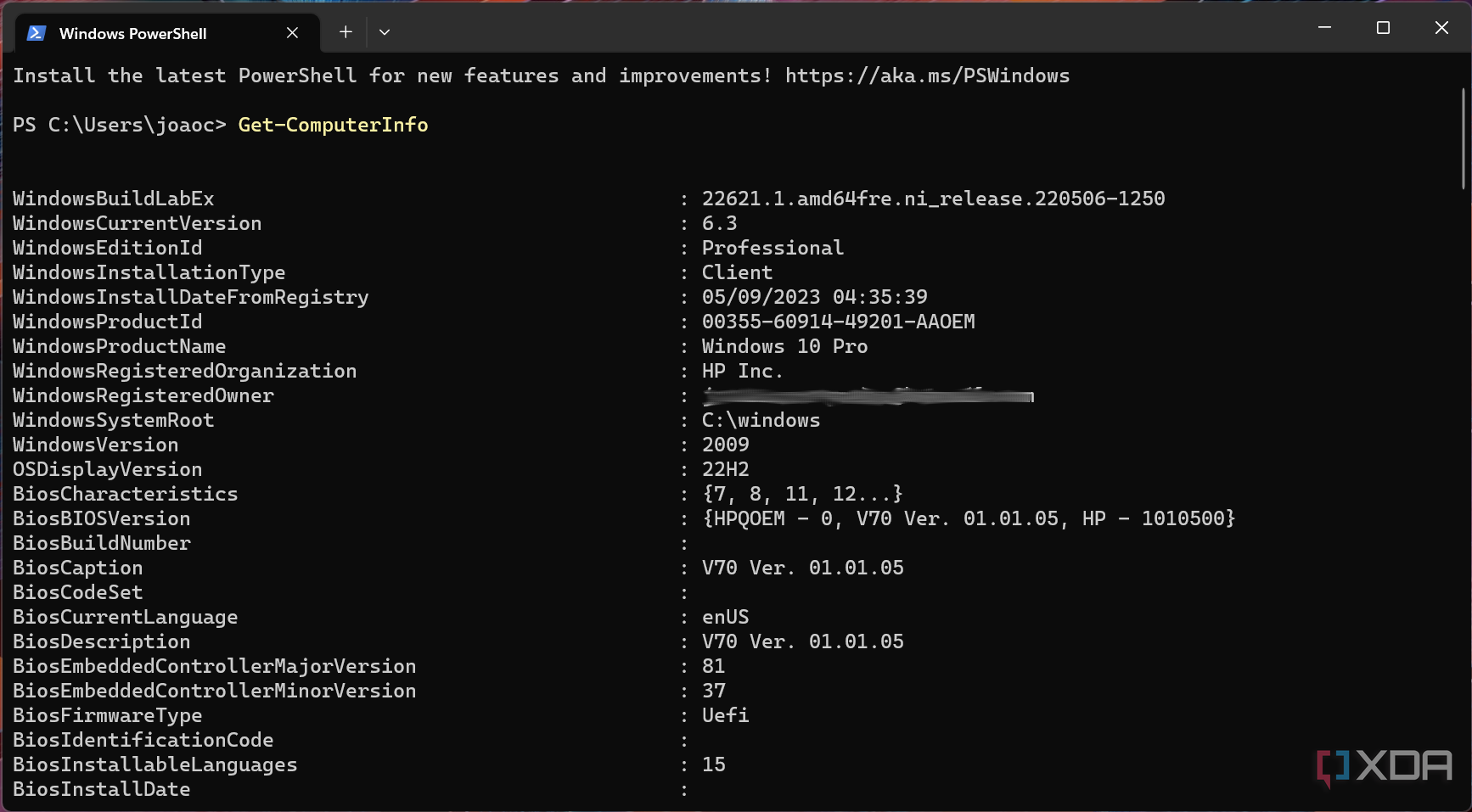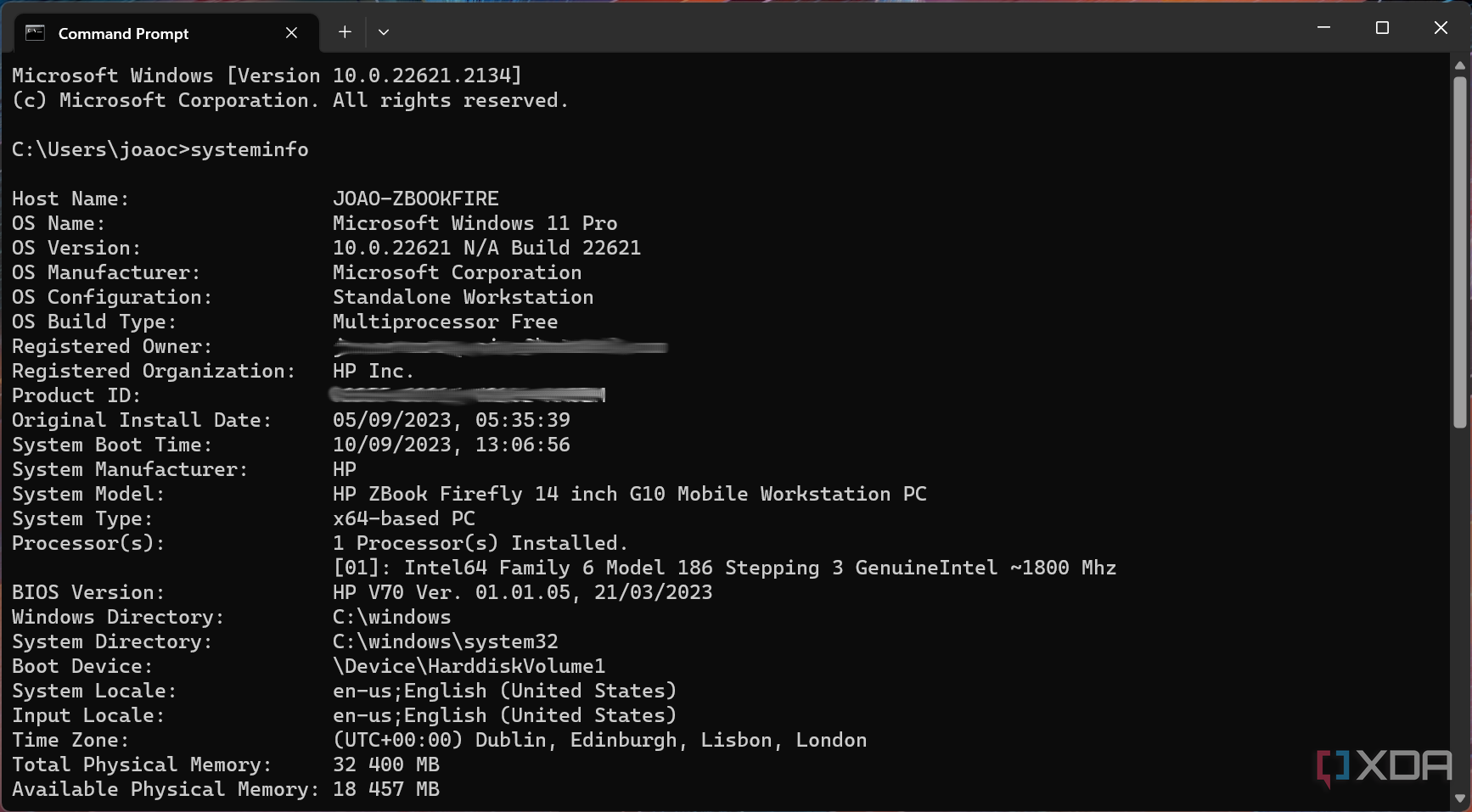Quick Links
At one point or another, you might need to find the specifications — or specs — of your Windows 11 PC. It can be useful for troubleshooting if you're having issues, or maybe you just want to know if your laptop is compatible with a certain app or able to run a specific game. If you're more tech-savvy, of course, you probably already purchased your PC based on the specs, but that's not the case for everyone.
Thankfully, finding the specs after the fact isn't that hard, and there are a few ways you can do it. These methods vary in complexity and how much information they provide, so you can choose whatever fits your specific needs the best. We're here to help, and we're going to show you how you can find the specs of your Windows 11 PC using a few different methods.
Find specs using the Windows 11 Settings app
The first and easiest method to find the specs of your Windows 11 PC is to use the Settings app. This will give you a fairly basic rundown of the specs - including the processor and RAM, as well as information about your version of Windows. To do this, follow these steps:
- Open the Settings app (it should be in the Start menu).
- In the System section, scroll down and click About.
-
Here you'll see your system specs, which include your processor model and the base clock speed, as well as the amount of RAM your computer has.
- Just below that, you'll also see your Windows specifications, so you can see what version and build of Windows you're running. You may be running the original release of Windows 11, or maybe you already have Windows 11 version 22H2, for example.
If you're seeing some software issues, they can be related to a specific version of Windows, so this is all useful to know. Still, this is a very limited set of specs, and you may want to know more. Let's explore some other methods.
Using the DirectX Diagnostic Tool
If you're mostly focused on specs related to gaming, or anything around the CPU, GPU, and audio devices, the DirectX Diagnostic Tool is a great way to find out more about your system's hardware and the features it supports. To open the DirectX Diagnostic Tool:
-
Open the Start menu and type dxdiag, then hit Enter.
- Alternatively, you can press the Windows key + R to open the Run window, then type dxdiag there.
- You'll be asked if you want to check whether your drivers are digitally signed. Click Yes.
This main page — the System tab — shows you basic system information, including your version and build of Windows, the BIOS version, and some information about your processor and RAM. The most interesting part of this, however, is the Display tab — there may actually be more than one if your PC has more than one GPU, as with many gaming laptops.
This shows you information including the name of your GPU, the amount of memory available to it, your driver version, and what DirectX features it supports. DirectX is essential for running games on your PC, so support for specific features may determine if some games can run well or not.
You also have the Audio tab with information about your audio drivers, and the Input tab lists connected input devices like a keyboard, mouse, and others.
Using System Information
If you want to get more detailed information about the specs on your Windows 11 PC, another great option is the aptly named System Information. This is an older tool that's been in Windows for many years.
The easiest way to open System Information is to simply open the Start menu and type System Information until it shows up in the search results. If that doesn't work, try this:
- Open the Start menu.
- Head into the All apps list.
-
Scroll down and open Windows Tools.
- Click System Information.
The System Information window opens by default into a system summary, which includes information about your processor, including the base clock speed, the number of physical cores, and the logical processors (also known as threads). You can also find your RAM on this page.
If you want more information about other hardware inside your PC, expand the Components section on the side menu. There, you can find information about the display (including the GPU/graphics card), sound devices, storage, and more. Some sub-sections can also be expanded, so there's a lot you can find
Not every section here will be super useful to everyone, but this is one of the more detailed breakdowns you can get.
Using Windows Terminal
If you're someone who simply works better with command line-based tools, you can also use the Windows Terminal app to find your system specs. Windows Terminal is a console host that can run both Command Prompt and Windows PowerShell, and both of these tools let you find the specs of your PC, though with different commands and slightly different outputs. Command Prompt provides a slightly cleaner-looking output.
Using Windows PowerShell
- Open the Start menu and type Windows Terminal until it shows up in the search results and press Enter.
-
Enter Get-ComputerInfo and press Type.
- To find information about a specific part of your PC, you can use Get-ComputerInfo Property followed by the name of the property you want to see. You can also use wildcards to see properties that start with similar names.
Using Command Prompt
- Open the Start menu and type Command prompt until it shows up in the search results then press Enter.
-
If you're using Windows PowerShell, enter systeminfo and press Enter.
These methods don't include a ton of information about things like your GPU, but it's yet another way to find the specs on your PC.
And that's all you need to know to find the specs on a Windows 11 PC. Out of these methods, we'd say the DirectX Diagnostic Tool and System Information offer the most detailed information, but you might always prefer one of the other options. Once you know what you're looking for, any of these is a good way to get more information about your PC.

